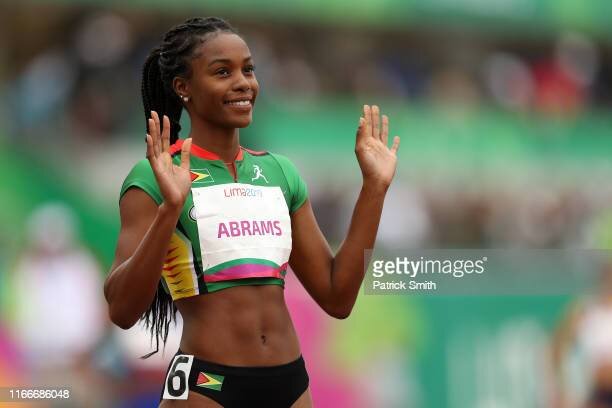Are Female Athletes Feminine Enough?
photos courtesy of getty images
written by Cassy
Professional female athletes dedicate much time, energy, and money to physical training. The ideal standard for a female athlete’s body type varies drastically from those of her male counterparts. In a study conducted by the University of Minnesota’s Center for Women in Sports, female athletes were depicted vastly different from their male counterparts on magazine covers. Tennis superstar Serena Williams who is arguably the most famous American female athlete, was portrayed in an evening gown. NBA superstar LeBron James on the other hand was depicted dunking and sweating during a game.
Williams, a thirty-six-year-old holding more grand-slam titles in singles, doubles, and mixed doubles combined than any other active player, still receives numerous comments about her body. A phenomenon occurring in the lives of female athletes is the counter-productive notion that they must be athletic but also maintain a “marketable” or “feminine” body type. The issue arises with how vastly different these body types may be.
[Additional Read: Meet the WNBA’s First Jamaican Basketball Player]
A female athlete would not be able to perform at her highest physical potential because an athletic body type differs from the body type of a fashion model. Yet women in sports are still expected to maintain a certain level of femininity regardless of how many trophies and medals they win. I delved deeper with two female athletes within our own community.
Aliyah Abrams a Guyanese-American track and field olympic athlete has witnessed the demand for marketable body types.
“Women are always judged based on our physical attributes before anything else. How a woman looks in the face, her physique, and the way she presents herself is always at the top of the list from a “marketing” standpoint. Female athletes, in this case, are not exempt from these common benchmarks set for women. As women in athletics, we have to be as strong as our bodies will allow which caters to well-defined muscles and intense physical structures. However, we get ridiculed for looking too ‘masculine’ or some would even say, ‘like a man.’ This connotation deters a lot of female athletes from giving their all in the weight room in fear of being harshly judged as the criteria of the ideal women is altered, when they are involved in a specialized discipline such as Track & Field. The athletes that we do see in magazines are well put together with makeup, neat hair, and a fashionable outfit. It is nice to see them in that light, but the reality is on most days those women are grinding hard, sweaty, and not wearing make-up. That is when you get to see the real side of a professional athlete.”
Another female athlete and no stranger to the Caribbean Collective Magazine is WNBA player Simone Edwards. The Jamaican powerhouse says:
“Female athletes are more than an athletic body. We have talents that excel us within our sports. We are smart, talented, committed, disciplined, and game-changers. Our bodies do not define us. Our talent does.”
The enormous pressures placed on athletes to achieve the very best and push their bodies to extreme limits is unimaginable for many. It is especially trying for women who are constantly scrutinized about their femininity or lack thereof.
This is not only due to the rigorous physical conditioning required of their profession but also their sponsors’ expectations. There has to be a significant cultural shift in the way that we view womxn and beauty standards in professional sports today. Female athletes can be strong and feminine but it is important to note that womxn do not need to have an “hour-glass figure” or be “feminine” to be defined as a woman or “beautiful.” It’s time to change the standard.








